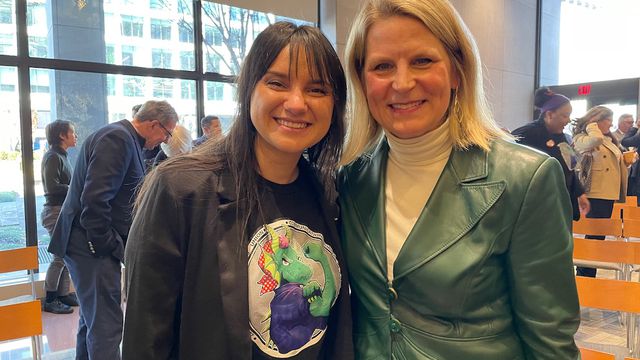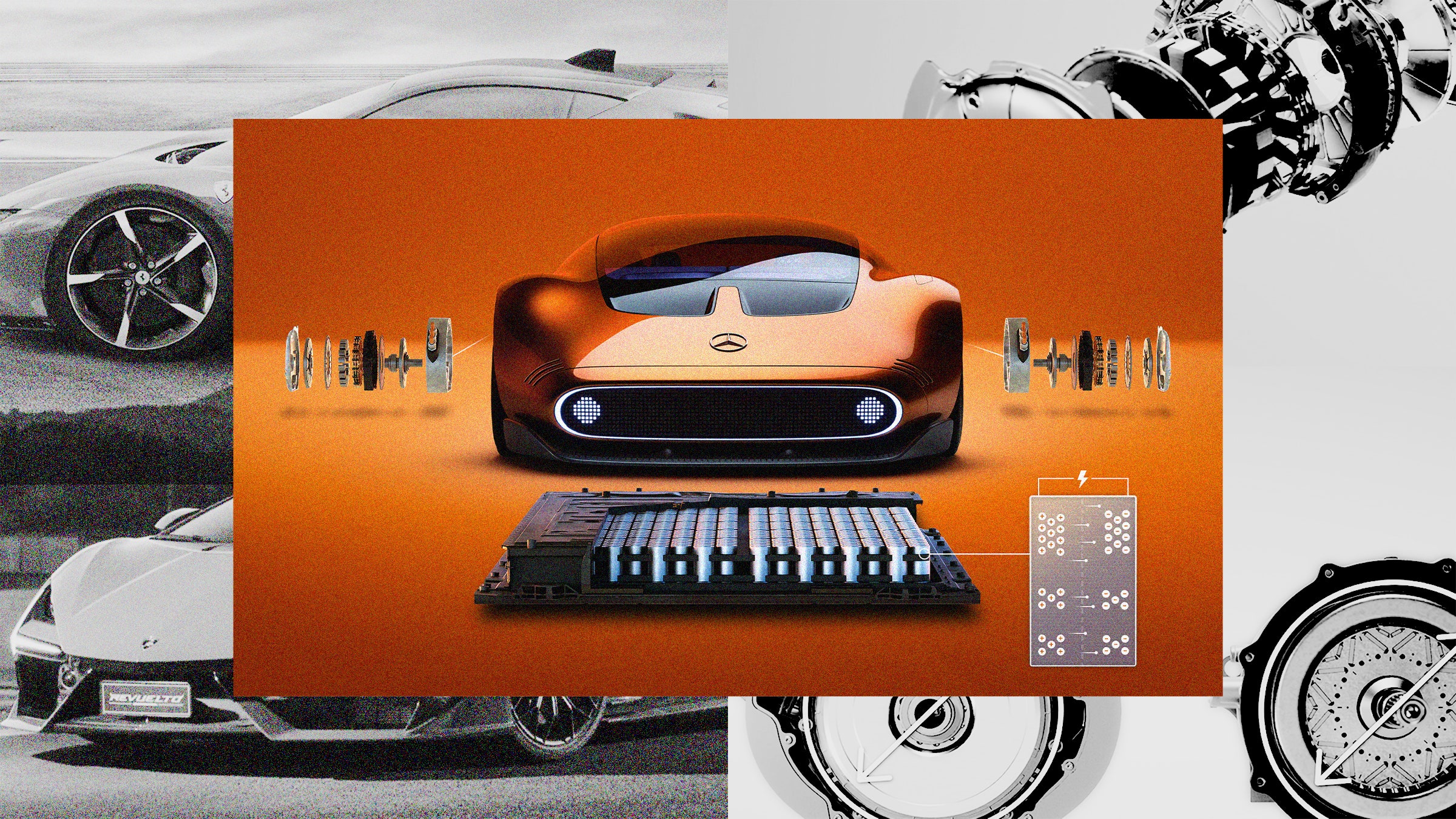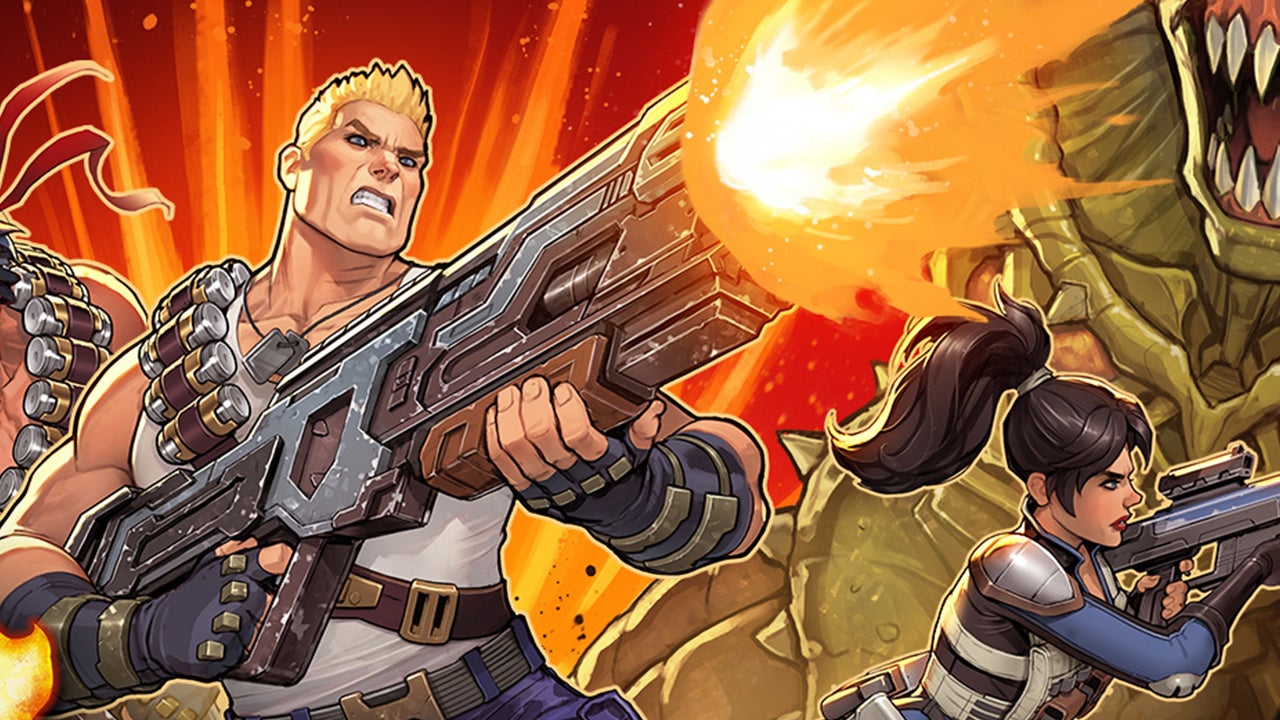Set in the last remaining apartment block in Seoul after an apocalyptic earthquake ravages the city, South Korea’s official Oscar entry for 2023 uses a single high-rise building – the “concrete utopia” of the title – as a stand-in for nothing less than all of human society. In director and co-writer Um Tae-hwa’s cynical view, people are selfish, violent creatures that are prone to cruelty when we feel even the slightest bit threatened. Put another way: Concrete Utopia is Lord of the Flies with a view.
The story revolves around a young couple, Min-seong (Park Seo-joon) and Myeong-hwa (Park Bo-young), who clash over what to do about the refugees who have come to the Imperial Palace Apartments begging for shelter in the aftermath of the quake. Myeong-hwa is a nurse, and takes her obligation to help the sick and the suffering very seriously. And Min-seong? He’s more ambivalent, particularly when he begins working alongside interim resident representative Yeong-tak (Lee Byung-hun) and his quasi-fascist Anti-Crime Force. As a character whose true nature is patiently revealed over the course of the film, Lee plays Yeong-tak as a craven, desperate grasper – king of the cockroaches in a building that’s full of them, both literally and metaphorically.
In snappy, quick-cutting vignettes that map out the system that keeps the Imperial Palace running – if not necessarily a sense of geography in this claustrophobic space – Concrete Utopia builds a functional, immersive world. Every day, Yeong-tak and his men venture out into the rubble of the city searching for food and fuel, which is rationed out and distributed by a committee. Similar groups handle medicine, waste disposal, and even recreation for residents – and only residents. Outside the walls lie piles of frozen corpses, but the people living in the Imperial Palace have convinced themselves that they’ve been “chosen” to survive.
At its best, Concrete Utopia prompts the viewer to ask themselves what they’d do if they were given choices like the ones the characters must make. Some of its observations have a touch of black humor to them: One scene sees a gaggle of well-fed aunties chiding a starving refugee for her tone. At its worst, it’s just obvious, like the shot of a “Love Thy Neighbor As Thyself” sign on the wall of an apartment whose residents are being beaten for harboring “outsiders.”
Concrete Utopia is based on a webtoon – specifically, the second half of Kim Soongnyung’s Pleasant Outcast – and its episodic origins are betrayed by its many overlapping characters and storylines. There’s also an animation influence apparent in Um’s direction, which is full of dynamic compositions that fill the frame. Although it’s always polished, his style can be quite showy: The angles are dramatic. The color grading is aggressive (gray-blue, for the apocalypse). It all adds to the pretense that this is a thick, substantive slab of cinema – an impression that’s mostly earned.
The downside to there being so much movie here – so many characters, so much action, so many piles of artfully designed debris– is that it’s a lot to take in all at once. To use an on-the-nose metaphor, Concrete Utopia doesn’t collapse under its own weight, but its foundations are under stress by the end of the story. An allegory this expansive is bound to be cumbersome; again, there’s a lot being crammed in. But there’s one thing that remains clear, focused, and propulsive throughout: This is a disaster movie where the disaster is human nature.






